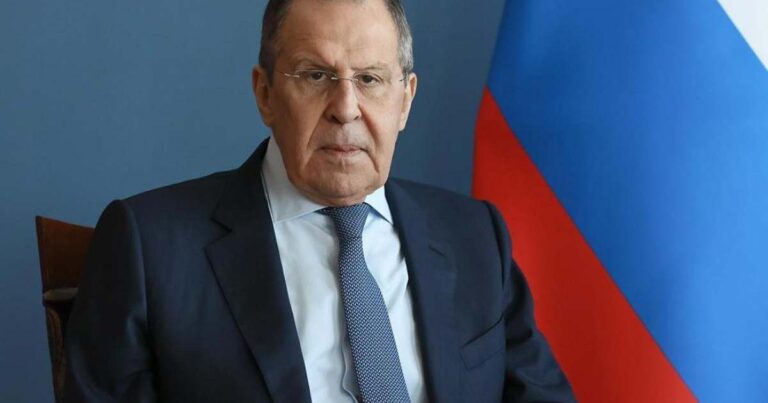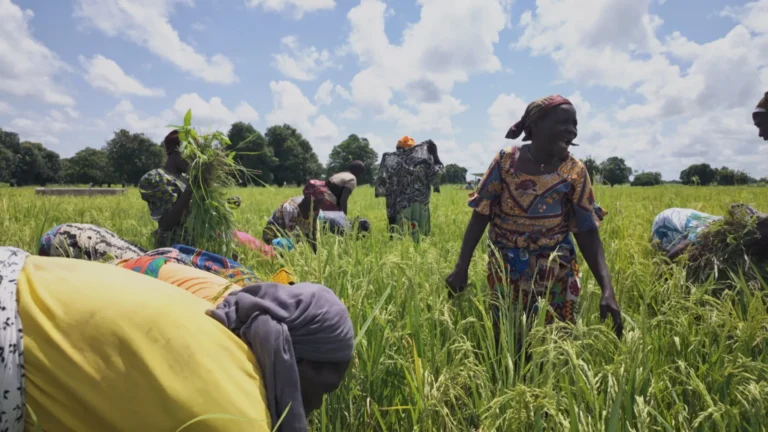Morocco breaks tourism records in 2025 as North Africa eyes sustainable growth

Tourism across North Africa has long been a cornerstone of economic resilience—driving industries from hospitality to handicrafts, and bolstering employment while elevating international visibility.
But in 2025, it is Morocco that has emerged as the region’s standout success story, setting unprecedented benchmarks in the wake of recent global health and geopolitical challenges.
Between January and April of this year, Morocco welcomed 5.7 million international tourists—a staggering 23% increase compared to the same period in 2024.
This surge was matched by a 15% rise in overnight stays, which surpassed nine million across the country.
Financially, the sector generated 34 billion dirhams in foreign currency earnings, representing a 7.5% growth over last year’s figures.
“These performances are the sign of a deep shift,” said Fatim-Zahra Ammor, Morocco’s Minister of Tourism, Handicrafts, and the Social and Solidarity Economy.
“They are the result of a structured collective effort and an ambition carried by the highest authority of the state.”
The boom is not confined to major tourist hubs.
It reflects a broader transformation driven by Morocco’s ambitious 2023–2026 tourism roadmap, which is backed by a 6.1 billion dirham investment.
Central to this strategy is a reimagined visitor experience—one rooted in local authenticity, comfort, and meaningful human connection.
A swift recovery plan worth 2 billion dirhams also helped the industry rebound quickly after recent global disruptions.
Together, these measures have allowed Morocco not only to consolidate its tourism strengths but also to push new frontiers.
What makes these achievements remarkable is their long-term potential.
By surpassing 5.7 million visitors in just four months, Morocco is setting a regional tone: with disciplined investment, focused governance, and an emphasis on quality, even a sector as vulnerable as tourism can become a pillar of resilience.
This record-setting momentum is expected to influence neighboring Maghreb countries, many of which face similar economic and structural challenges.
Morocco’s model, built not just on natural beauty but on strategic clarity and effective implementation, is proving that transformation is not only possible—it’s already underway.



